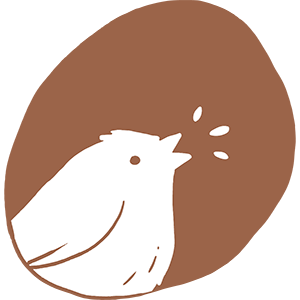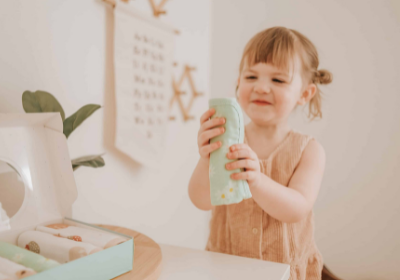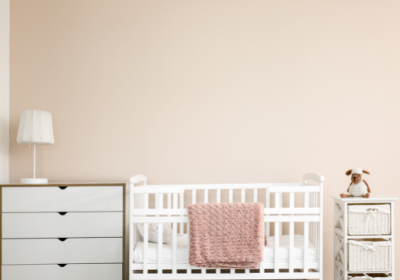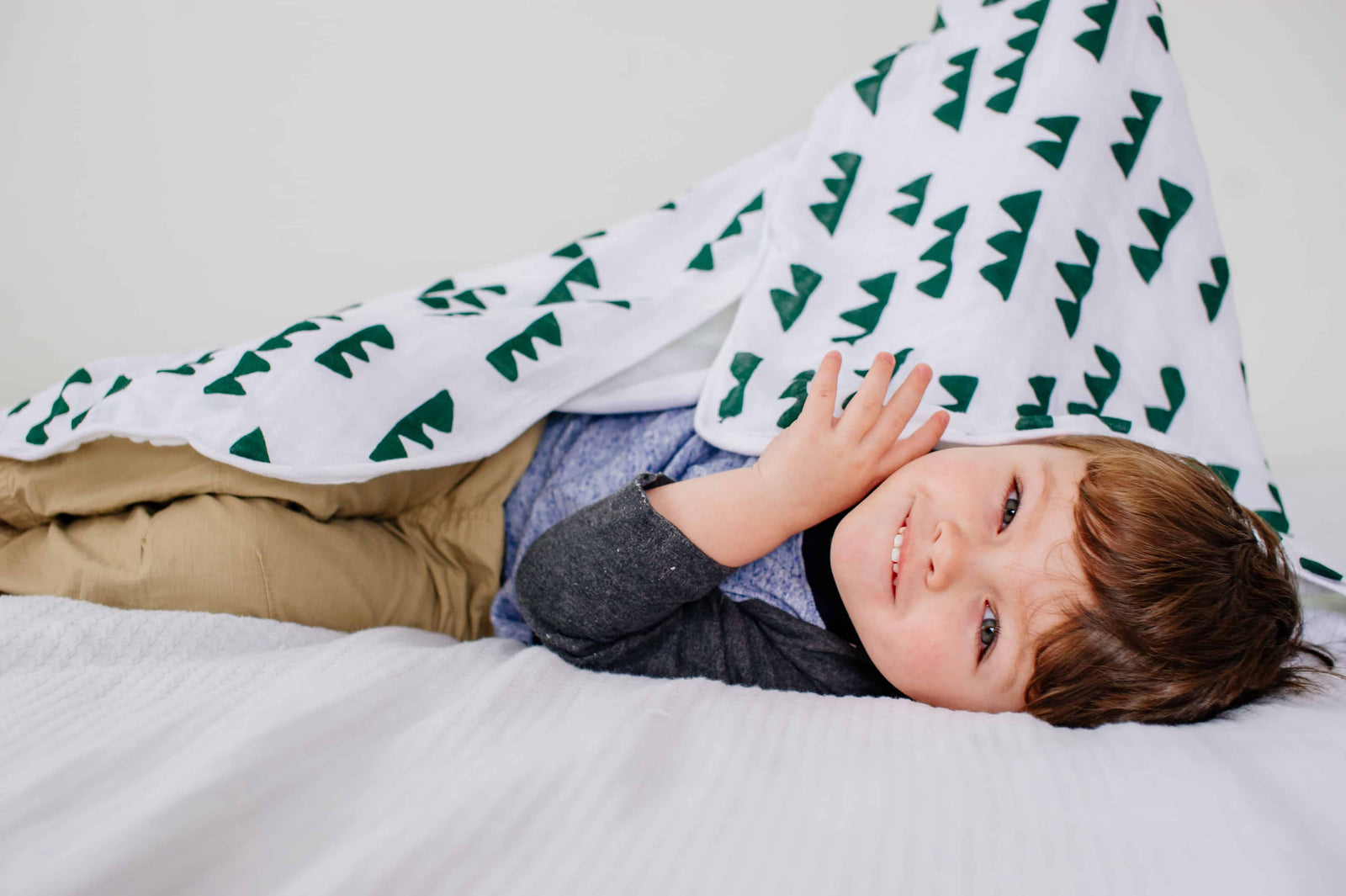
Whether you’re making the switch from swaddles and sleep sacks to blankets or buying a gift, choosing a toddler blanket isn’t as easy as it looks! Choosing from so many types, materials, and sizes can be challenging. As all parents want the best for their children and want to keep them safe, our shopping guide will help you pick the right blanket your toddler needs.
What to Look for When Buying Blankets: Factors to Consider
Although baby muslin blankets and swaddle blankets have many similarities with toddler blankets, they’re not the same thing. It’s s not as simple as buying an older child’s blanket, either.
Toddlers need blankets that are specifically designed for them in terms of size, weight, and material. Swaddle blankets aren’t big enough, while children’s blankets are too big, and therefore not recommended due to safety. Let’s take a look at the most important factors to consider when choosing a toddler blanket.
Material
The blanket’s material is important to ensure safety and good sleep. Soft bedding is essential for a well-rested child (and parent!) but so is safety. When choosing your blankets, always go for a breathable material for ultimate comfort. Let’s look at the different materials available, their textures, what they’re suitable for, and their pros and cons.
Comparing Toddler Blanket Materials
| MATERIAL | TEXTURE | WHEN TO USE | PROS | CONS |
| Organic Cotton | This material comes in many forms: terry toweling, fleece, brushed cotton, and jersey. Organic cotton often needs tumble drying to keep it soft. |
Great for use all year round, especially in summer. |
Doesn’t have earth-damaging chemicals.
|
The softest type of cotton can still be too rough for children with sensitive skin, especially those with eczema.
|
| Bamboo | This material is snuggly and soft and becomes softer with time and washing. | Bamboo blankets are great for use all year round—this is because muslin bamboo fabric helps prevent overheating and ensures a good night’s sleep for your kids, making it ideal for both summer and cold weather. |
Bamboo fiber is naturally rounded, so it's a lot softer than cotton, which makes it an ideal fabric for babies. Environmentally friendly – it grows quickly and takes less carbon footprint to make it.
|
Stretches over time. |
| Polar Fleece (Polyester) | This is snuggly and soft. | Great for warmer places as it’s light and breathable. |
Warm, lightweight and snuggly.
|
Picks up hairs, dust, fluff easily due to static. |
|
Microfibre (Man-made fine denier polypropylenes and polyester) |
Like polar fleece, this is soft and snuggly. | Great to use all year round. |
Similar to polar fleece but more absorbent
|
Non-renewable source (petroleum)
|
| Wool | Rougher texture, thick material. | Great for colder climates if tight-knit, loose-knit wool blankets are great in summer. |
Light and open structure Lots of choices for traditional wool blanket texture |
Some are heavy and maybe not ideal for smaller children. |
If you want something that ticks all the boxes, you can’t go wrong with bamboo. It’s the softest material and is breathable, sustainable, and durable. There is one disadvantage to choosing a 100% bamboo blanket, however, and that is that they often start to have pilings quickly. While this doesn’t affect the quality and use of the product, it can look worn. If you’re bothered about the blanket’s aesthetics, consider a bamboo and cotton blend instead. Choose organic cotton, as this is guaranteed to be chemical-free and sustainable.
Bed size

Make sure to choose a blanket size that fits the bed.
When it comes to choosing the right toddler blanket, you need to consider your child’s bed size. Most toddlers (12 months to 3 years) are still in a crib or toddler-sized bed. A crib blanket would measure 45 in. × 60 in. (114 cm x 152 cm). A throw blanket is bigger than this in terms of its width (50 inches), so this might suit some cribs or beds. When choosing what to buy (or make), size is important. If there is too much material in your child’s crib, this can increase the risk of SIDS.
Child’s age
According to a study by the American Academy of Pediatrics (AAP), soft bedding is the top cause of infant suffocation and SIDS during sleep. For this reason, the organization recommends keeping blankets out of the crib until the child’s first birthday has passed. Statistically, the likelihood of SIDS is significantly reduced after 12 months of age. It’s also not recommended to introduce stuffed animals into a crib until after your child turns one.
If your child is over 12 months, there are other things besides size that you should pay attention to. The Consumer Product Safety Commission (CPSC) is an independent government agency in the United States that promotes the safety of products.
When choosing a blanket for your toddler, look to see if the CPSC has granted a Children’s Product Certificate (CPC). If one has been issued, this means that the blanket has been tested by a third party and complies with safety standards that make it safe to use as a toddler blanket.

Introduce blankets after your child turns 1 year old.
Comfort
When it comes to promoting good sleep for your toddler, comfort is key. As well as choosing the right material and size, you need to consider the blanket’s warmth. Unlike adults, toddlers aren’t great at regulating their own body temperature. This means that they have a risk of overheating when they’re sleeping.
When considering the blanket, you’ll need to look into the room temperatures in your home. If you live in a hot climate, your needs will be very different from someone who lives in a cooler climate. For children under three, you shouldn’t use anything above 4 togs (if there is a tog rating on the blanket).
Like animal stuffed toys, many children become attached to their blankets and use them for comfort. This is entirely normal. If your child has a favorite blanket, you might want to purchase a few so that you can wash them and always have one on hand in case their favorite one ever gets lost.

Always check if the blanket has CPSC's Children’s Product Certificate (CPC)
Durability
As with any purchase for children, you want to buy something that lasts and is durable. It might only be a few years that you’re using toddler blankets, but if your children are anything like mine, the blankets will need frequent washing!
Ideally, you want a soft, safe, warm, and durable blanket. If you choose something with an open weave, you’re going to have a more breathable blanket. However, these are more likely to snag compared to one with an opaquer weave.
When and how to introduce blankets
As mentioned above, safety is the biggest factor when it comes to choosing blankets. Let’s take a look at some important considerations about introducing blankets to your toddler.
At what age should your child start using blankets?
Safe sleep guidelines dictate that nothing loose should be in a baby’s crib before 12 months. This means stuffed toys, bumpers, muslin, and blankets. After this age, you can introduce a blanket. The reason for these recommendations is that before the age of one, a baby doesn’t have great control of all his movements, and isn’t fully aware of his surroundings. Giving a blanket before the recommended age increases the SIDS risk.
After twelve months, children are much more able to move their heads away from objects that are obstructing their breathing. This doesn’t mean, however, that your child will keep a blanket on them at this age! You’re likely to find your toddler sans blanket after an hour or so! There’s no rush to introduce blankets if you’re using sleep sacks, for example, as you might find your little one waking up more frequently if they’re suddenly exposed due to wriggling out from under their blanket!

For your kid's safety, remove anything loose from the crib until they turn 1
How to introduce them to blankets
Introducing a thin, small blanket called a ‘lovie’ is a great introduction to a larger blanket. You can introduce these after twelve months, and it’s a good way of providing comfort to your toddler before you use a larger blanket.
Another idea is to introduce a blanket during warmer weather – that way, if they squirm from under it, they won’t get too cold.
Basic blanket safety tips
For younger toddlers and when you’re just introducing a blanket for the first time, you should choose a lightweight, thin, and breathable blanket. When tucking your toddler into bed, place him, so his feet are at the bottom of his bed, and tuck the blanket around him. You should leave his chest exposed and tuck the blanket underneath his arms.

Leave your child's chest and arms exposed for safety
The reason for putting your toddler’s feet at the bottom of the bed is so that he won’t wriggle down underneath the blankets. If he wriggles, he’s more likely to go higher into his crib where there are no blankets.
How many blankets should I buy for my child?
By 12 months, babies have stopped spitting up milk so much so (hopefully!) you won’t need to change their bedding as frequently as you did in the newborn days! In reality, choosing how many blankets to buy is a personal choice. If you put a load of washing on every day, you could get away with three blankets – one in use, one washing, one drying. If you usually do laundry once a week, you might want a couple more.

Buy at least three to five blankets
Why do kids get attached to blankets?
It’s common for toddlers to get attached to a blanket. These comfort blankets are what’s called a ‘transitional object’. They help children to feel safe as they go from wakefulness to sleep and vice versa. For good sleep, children (and even adults) need to feel relaxed and safe, and a blanket can help them to achieve that.
A child’s blankie becomes part of their bedtime routine. It provides them with that comfort and familiarity so that they feel soothed and relaxed. Not only that, but a security blanket can help a toddler transition from complete dependence to independence with much more ease.

Kids get attached to blankets. It helps them transition during big changes.
Give the Gift of Warmth
If you had a favorite blanket as a child, then you’ll understand just how important it is to make the right choices for your little one. Of course, comfort is important, but we mustn’t forget that safety trumps everything else. Whilst we’ve offered this guide to choosing blankets for your toddler, all children are different. Some will prefer a fleecy blanket, while others will show a preference for a more coarse, wool blanket.
Ultimately, it’s about knowing your child, their needs, and their likes and dislikes. Once you’ve found a blanket that suits your toddler, grab onto a few spares to save heartache in the future if their beloved blankie gets lost! For some really great toddler blankets, check out our toddler blankets page.






Miriam
July 12, 2023
Bamboo is not a sustainable material, I wish people would stop passing on that misinformation. It’s not durable and it’s a rayon process. Rayon process use horrible chemicals that are not reused and they are really quite toxic for the environment. Signed a mom who is frustrated by inaccurate marketing.